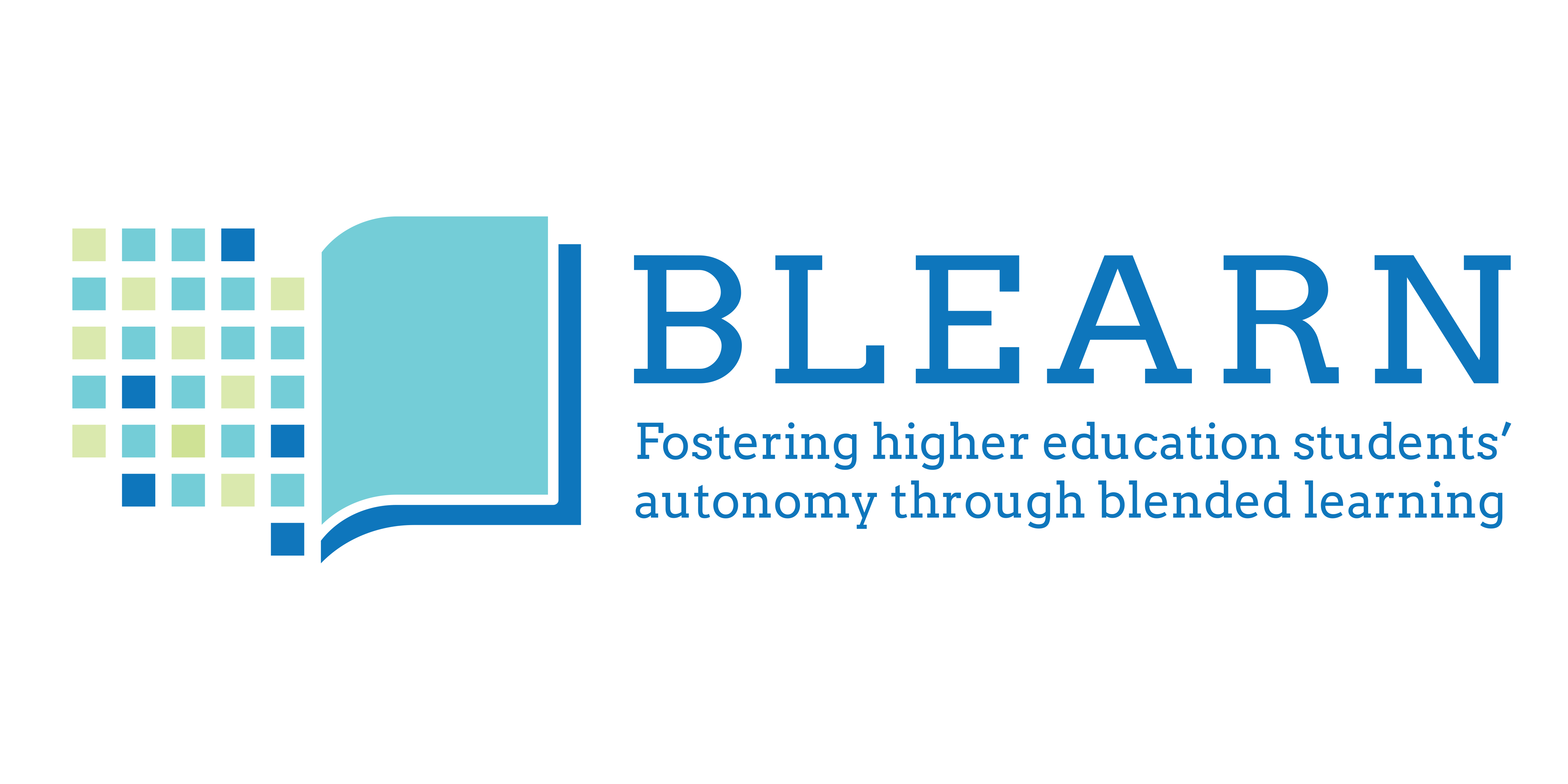Emerging Impact Dimensions
● A new mode of leading emerged
● Cooperation with students in the online course redesign
● Teachers collaborated spontaneously and for improvement of online teaching
● Online learning communities were established soon after the lockdowns
● Experts on digital education vindicated their work
● Customised professional training needs emerged and were addressed
● Connecting with other institutions to develop strategies mediated the process of transition to online teaching
● Collaboration with other institutions to develop training programs for academics facilitated the shift and promoted new practices
● Gaining practical insight from overseas contexts led to advanced practices
Text
BLEARN_AUTONOMY interviewed thirty-nine teachers in six universities located in France, Norway, Poland, Portugal, and Spain. They elaborated on their experience with digital tools for teaching before, during and after the lockdowns, and the travel restrictions that were implemented to curb the spread of the COVID19 virus.
In the six universities, digitalization is the outcome of both top-down and bottom- up processes. Institutional leaders have to make key decisions on the purchase of the appropriate technology. Everybody needs meaningful frames urgently. Only institutions can outline frames that make sense of the ongoing transformations.
However, emerging communities of teachers and open discussions with students are triggering very positive developments. Not only mutual aid between professionals endowed many teachers with the necessary skills to cope with sudden distance teaching, but it also put many local innovations in the forefront. Teachers had already invented promising forms of hybrid and blended learning, and many continued to do so during the emergency. Afterwards, wide sectors of the governing bodies and the faculty staff of many institutions are curious about the potential of this innovation.

